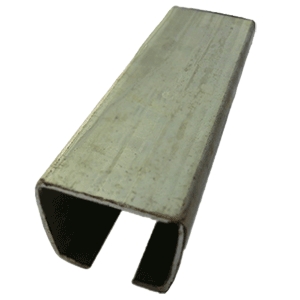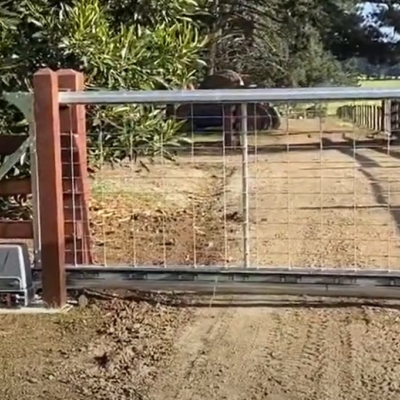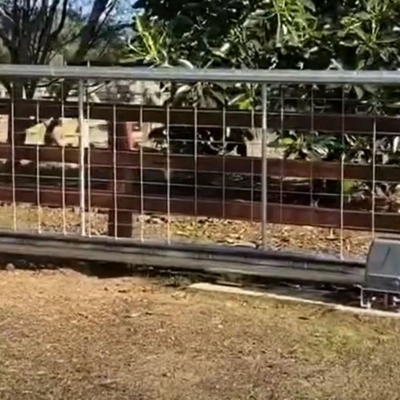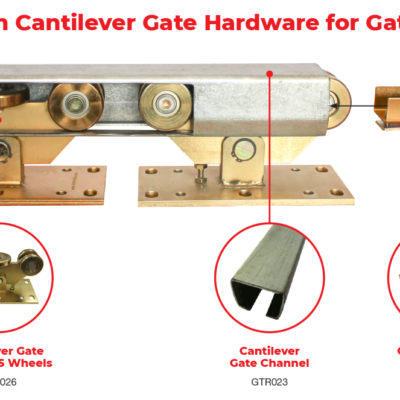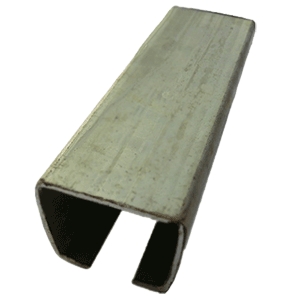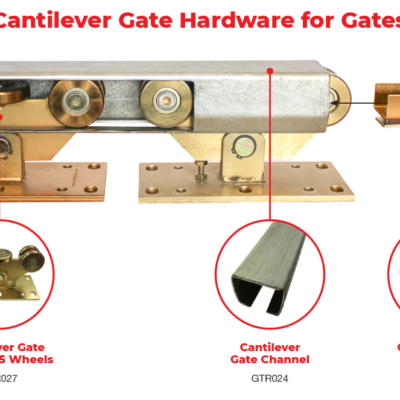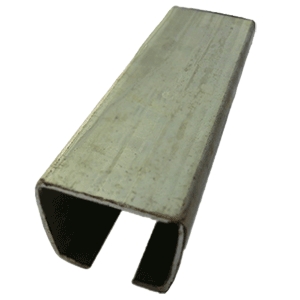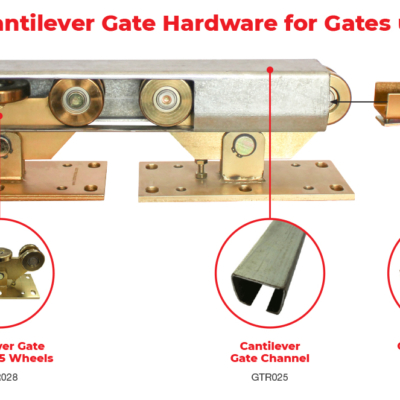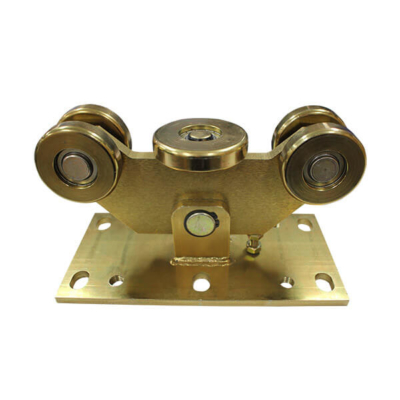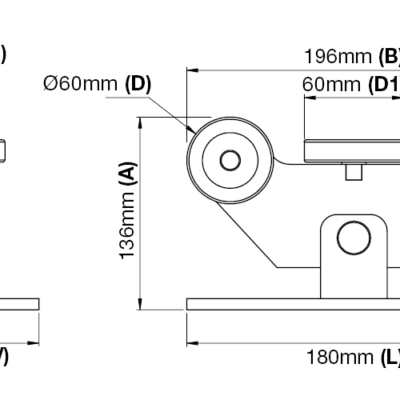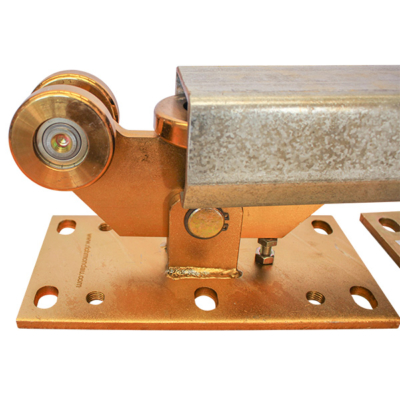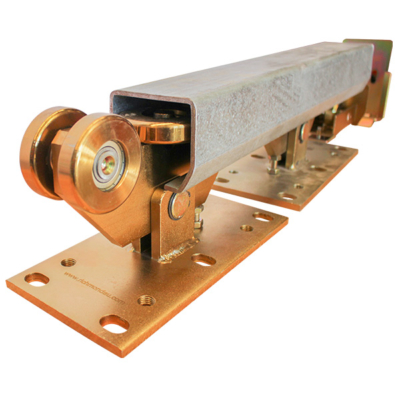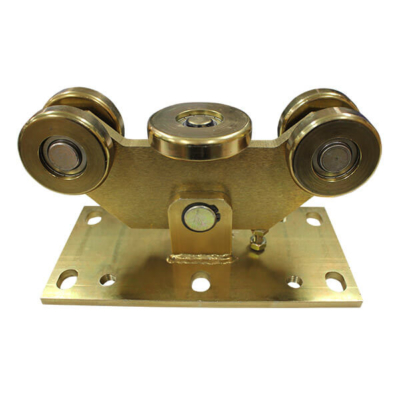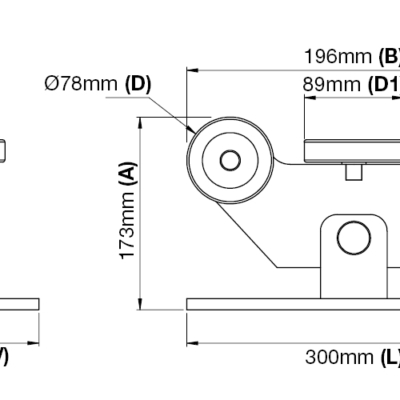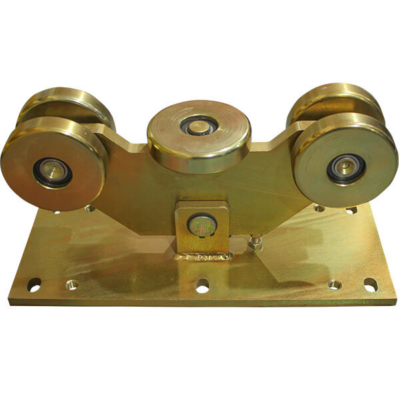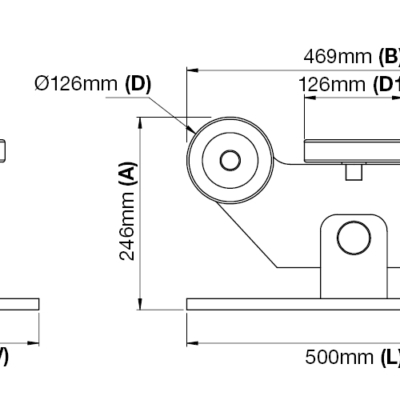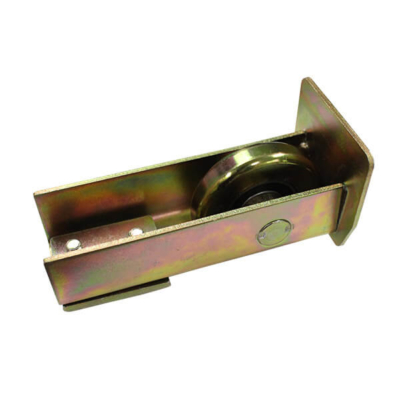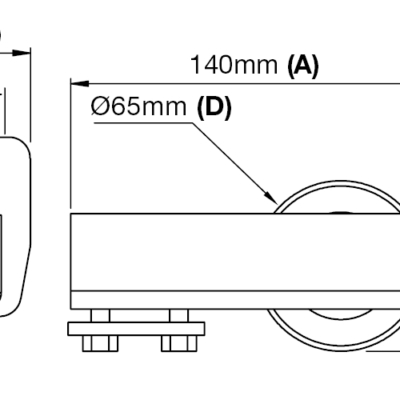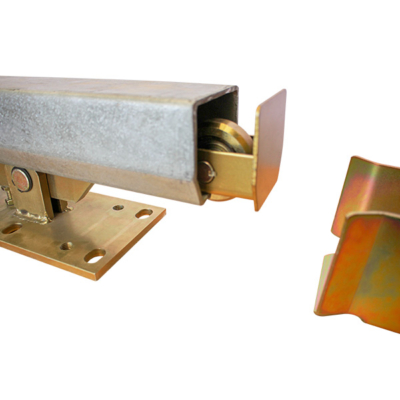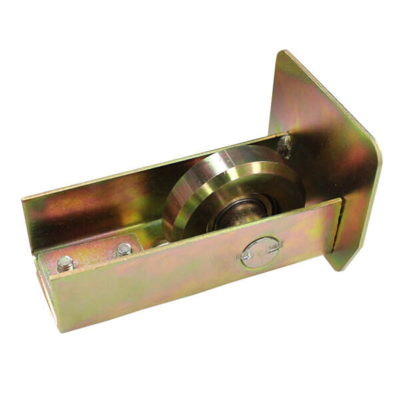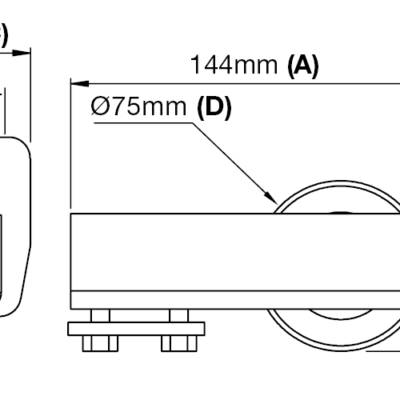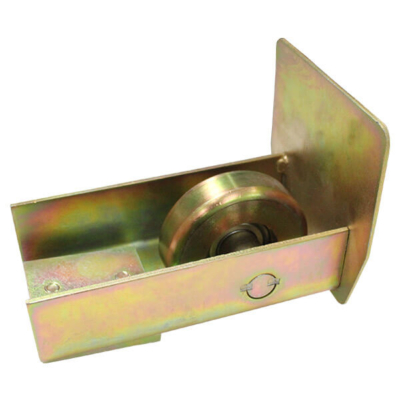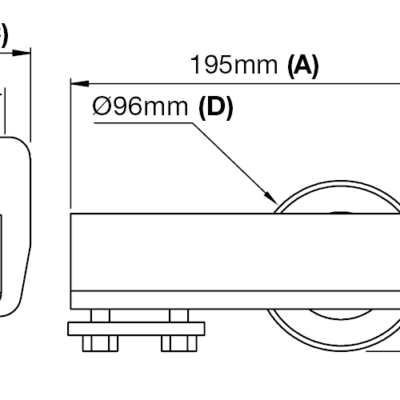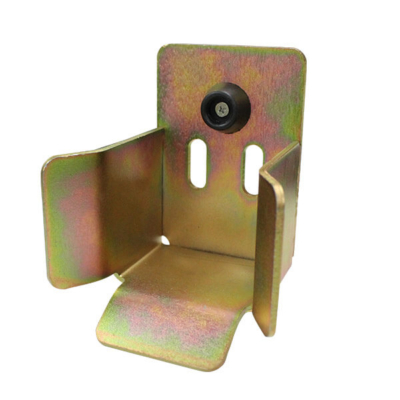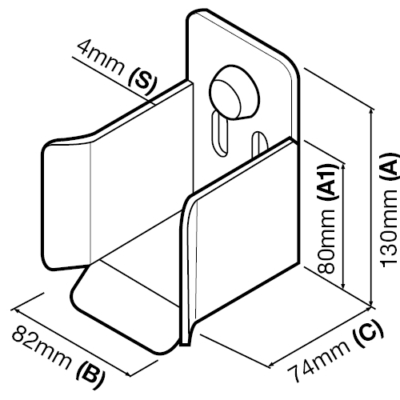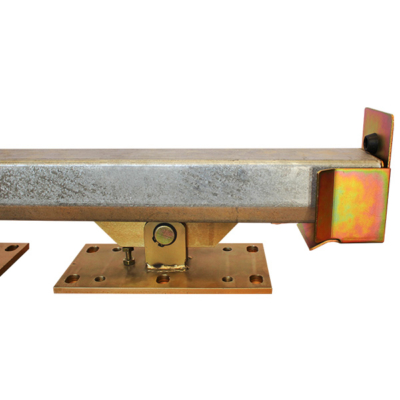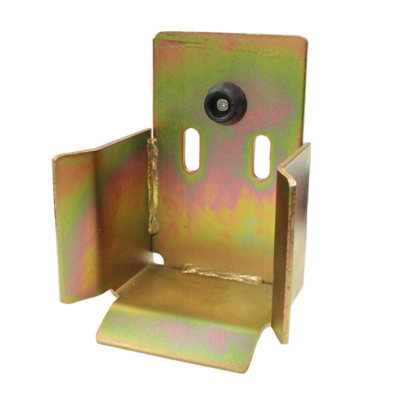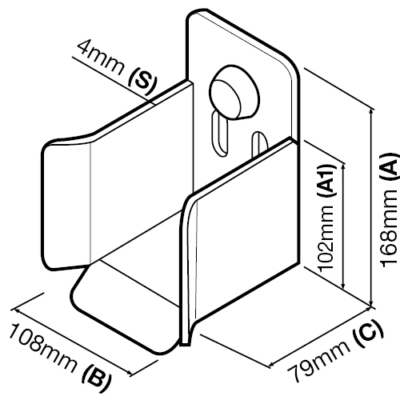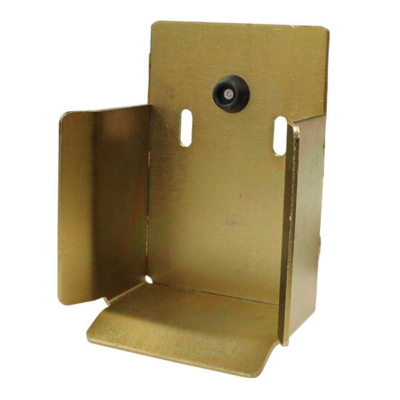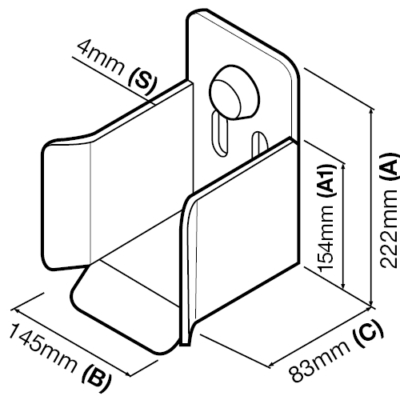Frequently Asked Questions
What is a cantilever gate and how does it work?
A cantilever gate is a sliding gate suspended on carriages mounted to posts, with a steel channel underneath that glides over the fixed carriages. This allows smooth, trackless operation across uneven or obstructed ground.
What’s the difference between a cantilever gate and a tracked sliding gate?
A tracked gate rolls on a ground track, which can collect debris, while a cantilever gate hangs above the ground and glides over fixed carriages. Cantilever designs suit uneven surfaces but need more space and material due to their longer structure.
What is the channel in a cantilever gate system?
The channel is a C-shaped steel profile fixed to the underside of the gate, running the full length including the counterbalance. As the gate moves, the channel glides over carriage wheels, protecting moving parts from dirt and weather.
What is the counterbalance, and why is it important?
The counterbalance is the tail section behind the post that offsets the gate’s weight. It keeps the gate stable as it glides, preventing sagging or binding.
How do I choose the right channel for my gate?
Channel choice depends on gate weight and wind load. The GTR024-2 suits gates up to 1200 kg, while the GTR025-2 supports up to 1800 kg. Solid infill or windy sites may require the heavier channel even for lighter gates.
What wheel sets match the GTR channels?
The GTR024-2 uses the GTR027 5-wheel carriage set, while the GTR025-2 uses the GTR028 5-wheel set. Each is designed to fit its matching channel for safe operation.
Can I cut the cantilever channel to length?
Yes, channels come in 5.8 m lengths and can be cut, but only after calculating the full required length including counterbalance. Cutting incorrectly can result in an unsafe gate.
Does the ground under the gate need to be level?
No. Cantilever gates operate above the ground, so they can run over slopes, gravel, or grass. However, the gate and carriages must be installed level and plumb.
Trackless Cantilever Gate Hardware for Sliding Gate Systems
Richmond’s cantilever gate hardware range is engineered for sliding gates that operate without a ground track. These systems are ideal for driveways, commercial sites, and yards where track maintenance, debris buildup, or surface variation makes traditional sliding gate tracks impractical. Built for industrial reliability, our cantilever components support smooth, low-maintenance operation on uneven or obstructed surfaces.
Cantilever Gate Components
- Cantilever Gate Rollers: High-load bearing rollers mounted to posts or walls to support the weight and motion of the gate frame.
- Cantilever Guide Channels: Welded or bolted under the gate frame, they engage with the roller system for stable, trackless movement.
- Mounting Brackets and End Stops: Secure installation and controlled gate travel with reliable positioning and clearance.
All components are designed for use with steel or aluminium gate frames and are suitable for both manual and motorised cantilever gates.
Applications and Use Cases
- Industrial driveways with gravel, dirt, or uneven concrete surfaces
- Commercial yards and service entries requiring low-maintenance access
- Sites with forklift or heavy vehicle traffic where ground tracks are unsuitable
- Driveways with water flow or debris that would obstruct track-based gates
Richmond cantilever hardware is commonly used where traditional sliding gate tracks cannot be installed or maintained efficiently.
Key Features
- Heavy-duty cantilever rollers with sealed bearings for long life
- Galvanised or zinc-coated steel components for outdoor durability
- Trackless sliding operation — no ground rail required
- Compatible with Richmond gate motors and automation kits
- Engineered for smooth, consistent motion under load






